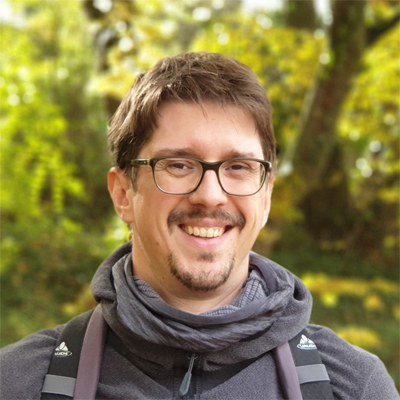Productivity Method: Postpone the Problem
So today I would like to introduce a productivity method, that I use myself since I can think of. Some call it procrastination or not being focussed. I however see big potential in my method of Postponing the Problem (PtP). It is not laziness nor fear from responsibility, for me PtP means using my time efficiently. Not wasting minutes or hours on something I can’t do right now, but also let time solve the problem for me.
Cal Newport describes this in his book Deep Work as “Downtime Aids Insights“. This basically means, that in order to make focused work possible, there is no gain in sticking with a problem until you solve it. Take a break and also do something else, especially when the workday is already done.
The implication of this line of research is that providing your conscious brain time to rest enables your unconscious mind to take a shift sorting through your most complex professional challenges. A shutdown habit, therefore, is not necessarily reducing the amount of time you’re engaged in productive work, but is instead diversifying the type of work you deploy.
Cal Newport, Deep Work 2016, 146.
Putting the productivity method PtP to work
Let’s have a look at an example of that “productivity method”. In 2016, I had a very big project going: the reconstruction of a whole Egyptian city within the time-frame of nine months. You can read a bit about my process here. You can also find some additional information about it on the Artefacts page. To manage this amount of work (except the discussions with the excavation team and museums), I had to utilise PtP.
This method basically dictates my whole work ethos. I work as long on one particular task (for example modelling private houses) until I encounter a problem. When I can’t solve this within ten minutes (how many windows do ancient Egyptian private houses have?), I will postpone it. Also, if I can’t find an immediate next action (like reading about windows in a book), I do the same. Instead of forcing myself to solve the problem right now to continue working, I change the setting: I work on something else. I simply put the problem aside and focus on a different task.
How it works
While working on something else, sometimes for days, I unconsciously continue thinking about my initial problem. At some point it always hit me. Maybe under the shower, where to find a solution, who to ask or also where to read about it. In my mind, I do not work on the problem myself, the problem somehow solves itself. This way I do not forcefully waste any time for solving that problem. If I would have taken care of that right away, I probably would have taken hours to find something in the library. These hours are by far not as long as the days I did basically nothing, but during this time, I could also work on other tasks.
This is important though: If I PtP to start surfing social media, it does not work and will be a big waste of time, as you also can probably imagine. It is not about hiding from solving problems, it is about shifting the focus on another problem and also keep being productive. In the end it is a productivity method and not a way of procrastination.
PtP vs. Downtime
What Cal Newport calls Downtime in his book is nearly the same. What he means however, is that you take active breaks. When finished with you workday, leave everything behind in the office. This downtime gives the brain time to rest and you can continue your work refreshed the next day.When you work, work hard. When you’re done, be done.
I also agree that this is definitely a good habit. What differs from PtP however, is that instead of doing nothing when you are stuck, to do something else. In my experience, this really helps and also prevents the feeling of being stuck with something. At the end of the day, this has served me well in the past. Maybe you give it try?








